Building upon the foundational understanding established in How Colors and Temperatures Influence Candy Design, this article explores how the interplay between color psychology and perceived temperature shapes consumer perceptions and purchasing behaviors. Recognizing that visual cues are a crucial part of the sensory experience, we will examine how strategic integration of color and temperature cues can enhance candy packaging and influence consumer decision-making.
1. The Synergistic Effect of Color and Perceived Temperature on Consumer Emotions
Colors evoke specific emotional reactions that are often amplified when paired with temperature cues. For example, warm colors like reds and oranges are typically associated with warmth, excitement, and indulgence, thus promoting feelings of comfort and craving. Conversely, cool colors such as blues and greens tend to evoke calmness, freshness, and sometimes even coolness, which can temper impulse urges but also suggest refreshment or purity.
Research indicates that when a candy’s packaging visually suggests warmth (through red or amber hues) combined with tactile warmth cues (such as matte textures or embossed surfaces), consumers are more likely to associate the product with rich, indulgent flavors like caramel or chocolate. Conversely, cool-colored packaging with glossy finishes can enhance perceptions of minty or citrus flavors, which are often linked to refreshment and coolness.
2. Cultural and Personal Influences on Color-Temperature Perception
It is essential to acknowledge that cultural backgrounds and personal experiences significantly influence how consumers perceive color and temperature cues. For instance, in Western cultures, red is often linked to excitement and passion, while in some Asian cultures, it symbolizes luck and prosperity. Similarly, the association of certain colors with temperature can vary; white may be perceived as cool in one culture but as warm or festive in another, depending on traditional contexts.
Designers must therefore tailor their color-temperature strategies to align with target demographics. For example, a brand aiming at Asian markets might leverage red and gold hues to evoke warmth and celebration, whereas Western markets might respond more favorably to cooler pastel shades for a sense of freshness.
3. Practical Applications of Color-Temperature Synergy in Candy Packaging
Implementing the synergy between color and perceived temperature can be achieved through various packaging elements:
- Color Palette Selection: Choosing warm hues like deep reds, oranges, and browns to suggest warmth and richness, ideal for chocolates and caramel candies.
- Texture and Material: Using matte, velvety, or embossed surfaces on warm-colored packaging enhances tactile warmth perception.
- Visual Cues for Temperature: Incorporating imagery such as steam or glow effects can reinforce the sensation of warmth, whereas icy textures or snowflake motifs suggest coolness.
- Color Contrast and Placement: Employing contrasting colors to highlight flavor cues—e.g., a bright red strawberry flavor label on a cool blue background—guides consumer expectations effectively.
4. Case Studies Demonstrating Effective Color-Temperature Strategies
A notable example is the packaging of premium hot chocolate products, which often utilize deep, warm color tones like burgundy and gold, coupled with textured finishes that evoke warmth and luxury. This combination stimulates the consumer’s desire for comfort and indulgence, especially during colder seasons.
“Effective integration of color and temperature cues can significantly enhance a product’s appeal by aligning visual signals with sensory expectations, ultimately influencing purchase decisions.”
5. The Future of Color and Temperature in Candy Design
Emerging technologies such as augmented reality (AR) and interactive packaging are opening new avenues for dynamic color-temperature experiences. For example, AR can simulate warmth or coolness through visual effects that respond to consumer interactions, deepening emotional engagement.
Additionally, as consumers become more conscious of sustainability and natural ingredients, natural colorants derived from fruits and vegetables—each with inherent temperature perceptions—are gaining popularity. For instance, beetroot-based red can evoke warmth, while spirulina green suggests freshness, blending color psychology with natural cues.
6. Conclusion: Harnessing the Full Spectrum of Sensory and Psychological Cues
Integrating color and perceived temperature thoughtfully into candy packaging offers a powerful tool to influence consumer emotions, expectations, and ultimately, purchasing behavior. As demonstrated, this synergy enhances the sensory narrative, making the product more appealing and memorable.
By understanding cultural nuances and leveraging innovative design elements, confectionery brands can craft compelling stories that resonate on both visual and emotional levels. The strategic use of color and temperature cues is not just about aesthetics; it is a sophisticated approach to shaping consumer experience and loyalty.
In the realm of candy design, mastering the interplay of colors and perceived temperatures is essential for creating irresistible products that delight the senses and foster lasting brand connections.

